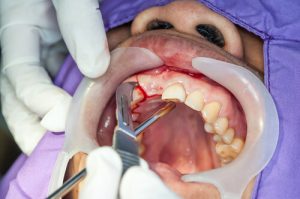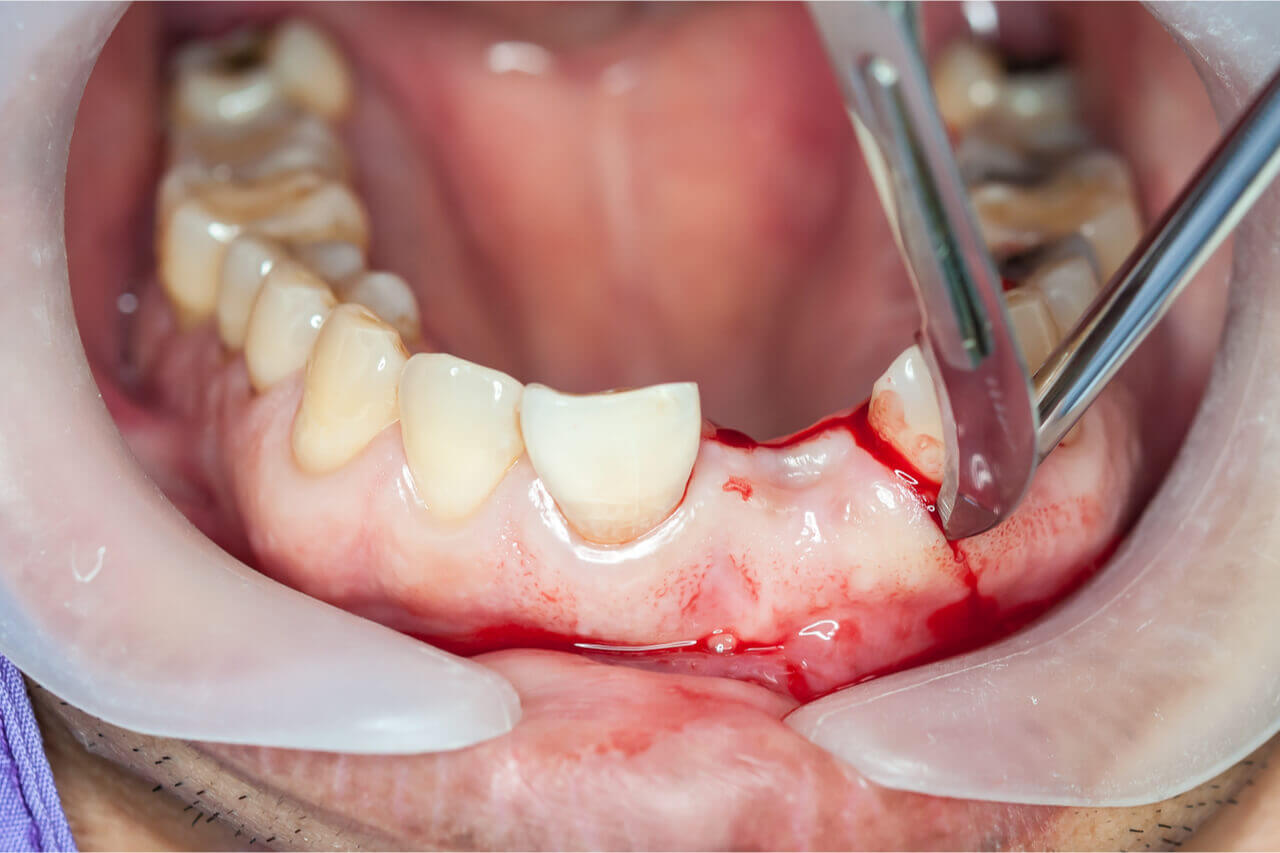Dental implants, as we all know, is the gold standard in restorative teeth replacement. Because of this fact, we would assume that every person who would wish to have a permanent replacement for their missing tooth can have dental implants, right? Well, unfortunately, not everyone can be good candidates for this restorative procedure at once. Some would need additional procedures like bone graft for dental implants or tissue grafting. Let us gather the information that we can get from service providers in regard to dental implant surgery and procedure. DDSS is a popular clinic for dental implants in Sydney that specializes in performing dental implant surgery, so if you have additional questions and inquiries about implantology, do not hesitate to reach out and visit their clinic.
How does a dental implant work?
A dental implant typically has 3 parts: the implant itself, the abutment, and the crown. The implant, a metal post made from titanium or other heavy metal, is surgically attached to the jawbone so it can serve as the tooth root that holds the artificial tooth permanently. Once the implant fused to the bone through osseointegration, the abutment or connector can then be attached to the other end of the implant. This is the implant’s extension where the artificial tooth or crown that has the same profile, shape, color, and size as your missing tooth would be attached. This whole process is what makes up your dental implant surgery. The procedure may take 6 months up to a year, depending on the person’s overall health and healing process, expertise of the oral surgeon or prosthodontist, type of dental implant, and the number of teeth missing.
Bone graft for dental implants: Why is it needed?
Dental implants are strategically placed on a part of the dental cavity that has sufficient bone mass so they can properly hold and fuse with the implant. However, there are patients who do not have sufficient bone mass to be a reliable candidate for implant surgery. So what their dental specialists would recommend is to undergo a bone graft first before the dental implant surgery.
Bone graft for dental implants: How is it performed?
 Usually, the process involves harvesting or transferring a piece of bone from another part of the patient’s own jaw or body and transplanting it into the jawbone (autograft). There are now alternative options that include getting bone mass or sample from a different source (allograft), like a cadaver or an animal source to replace the missing bone in the jaw. These options are said to have its share of advantages, like providing less morbidity to the patient in the case of risk for infection and pain, as well as preventing a second surgical site, since the transfer will come from the body of a different source. Some dental specialists also note that this option is just as successful as the one where the patient’s own bone is used.
Usually, the process involves harvesting or transferring a piece of bone from another part of the patient’s own jaw or body and transplanting it into the jawbone (autograft). There are now alternative options that include getting bone mass or sample from a different source (allograft), like a cadaver or an animal source to replace the missing bone in the jaw. These options are said to have its share of advantages, like providing less morbidity to the patient in the case of risk for infection and pain, as well as preventing a second surgical site, since the transfer will come from the body of a different source. Some dental specialists also note that this option is just as successful as the one where the patient’s own bone is used.
After this process, your oral surgeon or prosthodontist may have to wait for several months so that the transplanted bone would be able to grow enough new bone so it can be viable to support the actual placement of a dental implant. Once the jawbone completely heals, the implant process moves forward.
